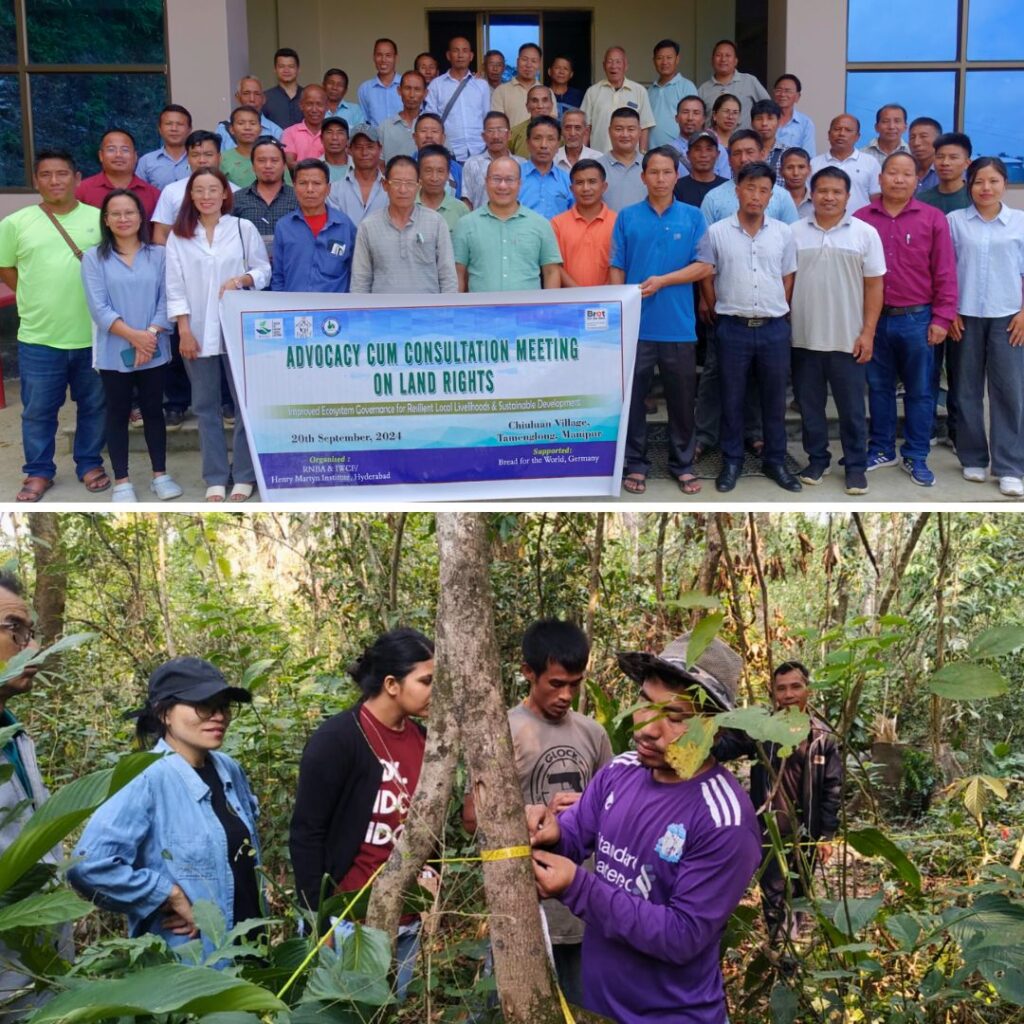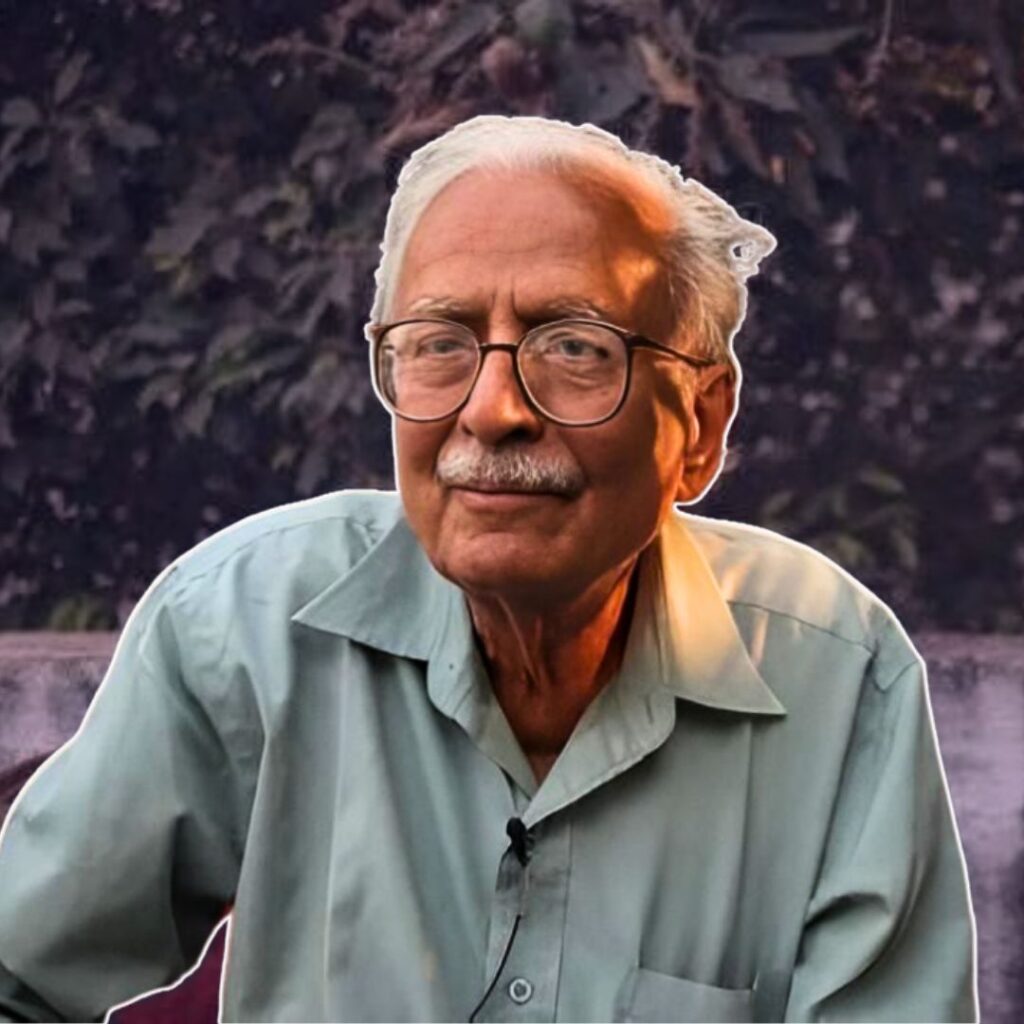A 2025 study by IIT Bombay and SASTRA Deemed University reveals that India lost 18 square kilometres of forest for every 1 square kilometre gained between 2015 and 2019. All states recorded a net loss of forest cover during this period, with Tamil Nadu and West Bengal accounting for nearly half of the loss.
Most forest gains were small, isolated patches that fail to improve ecological connectivity, while losses involved larger, continuous forest tracts. Experts stress the urgent need to shift from quantity-focused afforestation to strategies that enhance forest connectivity and ecological resilience for long-term sustainability.
Forest Losses Outweigh Gains Significantly
The study employed high-resolution satellite data from the Copernicus Global Land Service (CGLS), applying a 15% canopy cover threshold and a spatial resolution of 100 metres—stricter criteria than those used by the Forest Survey of India (FSI). The findings showed a gross forest loss of 1,032.89 sq km across India, overshadowing a modest gain of 56.3 sq km.
Nearly half of the forest gain occurred in Andhra Pradesh, Tamil Nadu, Karnataka, and Rajasthan, but these gains mainly consisted of fragmented islets—small disconnected patches of forest unable to support healthy biodiversity or maintain ecological functions.
Tamil Nadu and West Bengal bore the brunt of deforestation, collectively contributing almost half the total forest loss. Prof. Vasu Sathyakumar of IIT Bombay pointed out, “Most of the newly added forests during 2015 to 2019 were islets, highly fragmented and ecologically vulnerable patches.” This fragmentation disrupts wildlife corridors and threatens species that depend on large, contiguous forests to thrive.
Contrasting Official Reports and the Issue of Connectivity
The Forest Survey of India’s (FSI) biennial reports suggest an increase in forest cover, but their methodology uses a lower canopy cover threshold (10%) and coarser satellite imagery (23.5m resolution). Consequently, FSI’s data lumps fragmented patches and contiguous forests together, masking actual ecological degradation.
The IIT-SASTRA study’s framework, employing Morphological Spatial Pattern Analysis (MSPA), classifies forest landscapes into types such as cores (large intact forests), bridges (connecting corridors), and islets (small isolated patches). This classification reveals that while gross forest cover might appear stable or increasing, the quality and connectivity of forests are deteriorating-factors critical for ecosystem health, species movement, and resilience against environmental disturbances.
Prof. Raaj Ramsankaran of IIT Bombay emphasised the need to “explicitly incorporate structural connectivity into forest planning” and highlighted that afforestation programmes like CAMPA and the National Mission for a Green India could benefit by focusing on strengthening existing forest cores and connectivity corridors.
The Logical Indian’s Perspective
The findings underline that forest conservation in India must go beyond increasing forest numbers on paper to focus on ecological stability and sustainability. Large, continuous forests help conserve biodiversity, reduce human-wildlife conflicts, and sustain livelihoods that depend on healthy ecosystems. Fragmented forests are vulnerable and often fail to deliver these benefits.
As development pressures and infrastructure projects increasingly encroach on forest land, it becomes imperative to balance economic growth with environmental conservation. The Logical Indian calls for policies that prioritise forest quality and connectivity, promoting coexistence between humans and nature with kindness and empathy.











